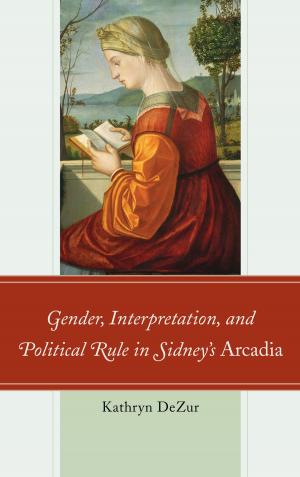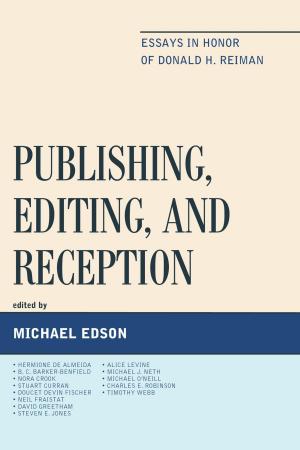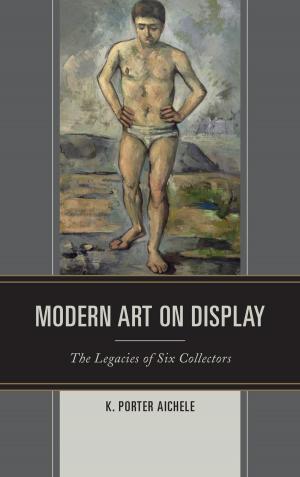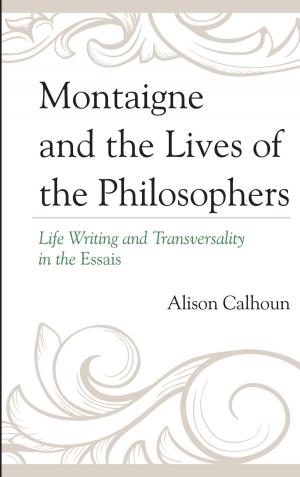The Representation of the Struggling Artist in America, 1800–1865
Nonfiction, Art & Architecture, General Art, Art History, American| Author: | Erika Schneider | ISBN: | 9781611494136 |
| Publisher: | University of Delaware Press | Publication: | April 23, 2015 |
| Imprint: | University of Delaware Press | Language: | English |
| Author: | Erika Schneider |
| ISBN: | 9781611494136 |
| Publisher: | University of Delaware Press |
| Publication: | April 23, 2015 |
| Imprint: | University of Delaware Press |
| Language: | English |
This book analyzes how American painters, sculptors, and writers, active between 1800 and 1865, depicted their response to a democratic society that failed to adequately support them financially and intellectually. Without the traditional European forms of patronage from the church or the crown, American artists faced unsympathetic countrymen who were unaccustomed to playing the role of patron and less than generous in rewarding creativity. It was in this unrewarding landscape that American artists in the first half of the nineteenth century employed the “struggling” or “starving artist” image to criticize the country’s lack of patronage and immortalize their own struggles.
Although the concept of the struggling artist is well known, only a select few artists chose to represent themselves in this negative manner. Using works from five decades, Schneider demonstrates how the artists, such as Washington Allston, Charles Bird King, David Gilmour Blythe, represented a larger phenomenon of artistic struggle in America. The artists’ journals, letters, and biographies reveal how native artists’ desire to create imaginative works came in conflict with American patrons’ more practical interests in portraiture and later in the century, genre work. If artists wanted to avoid financial struggle, they had to learn to capitulate to patrons’ demands. This intellectual struggle would prove the most difficult. In addition to the fine arts, the struggling artist type in essays, poems, short stories, and novels, whose tales mirror the frustrations facing fine artists, are also considered.
Through an examination of the development of art academies and exhibition venues, this study traces the evolution of a young nation that went from considering artists as mere craftsmen to recognizing them as important members of a civilized society.
This book analyzes how American painters, sculptors, and writers, active between 1800 and 1865, depicted their response to a democratic society that failed to adequately support them financially and intellectually. Without the traditional European forms of patronage from the church or the crown, American artists faced unsympathetic countrymen who were unaccustomed to playing the role of patron and less than generous in rewarding creativity. It was in this unrewarding landscape that American artists in the first half of the nineteenth century employed the “struggling” or “starving artist” image to criticize the country’s lack of patronage and immortalize their own struggles.
Although the concept of the struggling artist is well known, only a select few artists chose to represent themselves in this negative manner. Using works from five decades, Schneider demonstrates how the artists, such as Washington Allston, Charles Bird King, David Gilmour Blythe, represented a larger phenomenon of artistic struggle in America. The artists’ journals, letters, and biographies reveal how native artists’ desire to create imaginative works came in conflict with American patrons’ more practical interests in portraiture and later in the century, genre work. If artists wanted to avoid financial struggle, they had to learn to capitulate to patrons’ demands. This intellectual struggle would prove the most difficult. In addition to the fine arts, the struggling artist type in essays, poems, short stories, and novels, whose tales mirror the frustrations facing fine artists, are also considered.
Through an examination of the development of art academies and exhibition venues, this study traces the evolution of a young nation that went from considering artists as mere craftsmen to recognizing them as important members of a civilized society.















